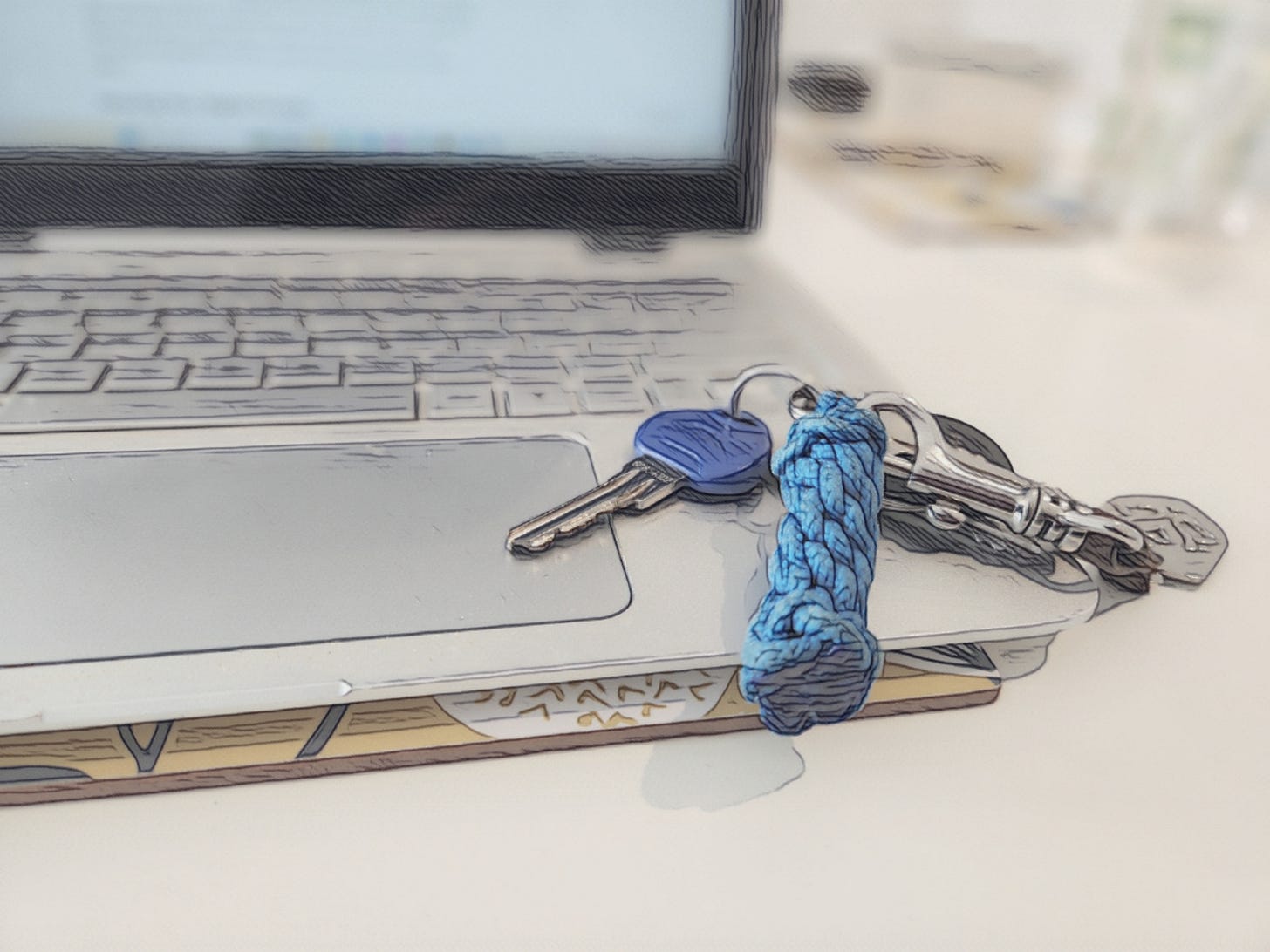With great freedom comes great responsibility—especially when it comes to security. Whether you’re lounging at home in your pyjamas or sipping a latte at your favorite coffee shop, safeguarding your work environment should not be overlooked. Remember, things don’t go wrong until they do! Let’s take a look at how to balance productivity with security, covering everything from software and hardware protection to personal safety.
Keep Things Updated
First things first, let’s fortify our digital arsenal. Make sure you regularly update your operating system and applications to patch up any security vulnerabilities—yes, you do need to install those pesky updates! Installing decent antivirus software and keeping it updated is also something you should be doing as standard. It’s definitely worth setting aside some time, maybe once a month or so, to double check your system is up-to-date and there are no issues.
Avoid Passwords
If your laptop doesn’t have a fingerprint scanner or other biometrics built in, see if you can buy a USB one to plug in. It’s much better to use biometrics than type in a password to log in to your laptop, especially if you are using your device out and about.
If you do need to use a password for something, don’t make hackers’ lives easier by using something that’s easy-to-guess. Opt for strong, unique passwords for each OS or web account, and better yet, embrace the convenience of password managers. They’re like digital gatekeepers, safeguarding your login credentials behind a master key. Ideally, you rarely if ever want to be typing in a password.
Track Your Devices
Losing your keys, laptop or phone can be a nightmare, but a good tracker device like a Tile can really give you a hand. Attach one to your keys, pop one into your ‘office in a bag’, and with a simple tap on your phone/laptop (depending on which one you’ve lost…!), you can pinpoint their whereabouts. It’s like having your own personal detective on standby.
Alongside the tracking device, enable built-in tracking features on your laptop and smartphone as well. In a worst case, you can use these features to wipe your device remotely if you think it’s been stolen.
Encryption
If you have highly sensitive data on your laptop, think about using some kind of encryption to store them. That way, if it’s stolen and you aren’t able to wipe it remotely, it will be that much harder for thieves to gain access to the information. If you have Windows, you can turn on BitLocker, and there are various other third-party tools you can try. The Personal Vault feature built into Microsoft OneDrive also automatically encrypts everything in it and provides an additional layer of protection.
The same goes for your phone—we all have lots of sensitive information on them nowadays. Explore encryption options and of course make sure that you can remotely wipe it if it does go missing.
Safety on the Move
When working from coffee shops or other public spaces, prioritise safety. Avoid connecting to unsecured public WiFi networks, unless you have a good VPN software (more on that later). Keep your belongings close and consider using a laptop lock for added security—you can chain the laptop to your bag, making it that bit less convenient for opportunist thieves. Finally, call me paranoid, but be cautious of prying eyes and ensure any sensitive content on your screen is not visible to other people. You never know…
VPNs
VPNs (Virtual Private Networks) are your best friend when it comes to securing your online connections, especially if you have no choice but to work from an unsecured network like a public WiFi hotspot. They encrypt your Internet traffic, shielding it from potential snoops. Your company will probably have its own VPN if you regularly access company data and systems, so that will often be your go-to VPN. If not, there are plenty of good services that you can sign up to and use both on your laptop and phone.
WiFi Router Security
Your home WiFi router is your gateway to the Internet but also the ‘front door’ to your digital domain, so it’s crucial to keep it locked down tight. Change the default WiFi network name, access key and admin passwords to something strong and unique, and enable encryption protocols like WPA3. And don’t forget to update your router’s firmware regularly to patch up any security holes.
Creating a Safe Haven at Home
Keep your workspace secure by locking away your laptop and other devices when not in use—don’t advertise your laptop near the window! It’s also worth being mindful of who can access your home network and consider setting up a separate guest network if you tend to have a lot of visitors who want to use WiFi.








